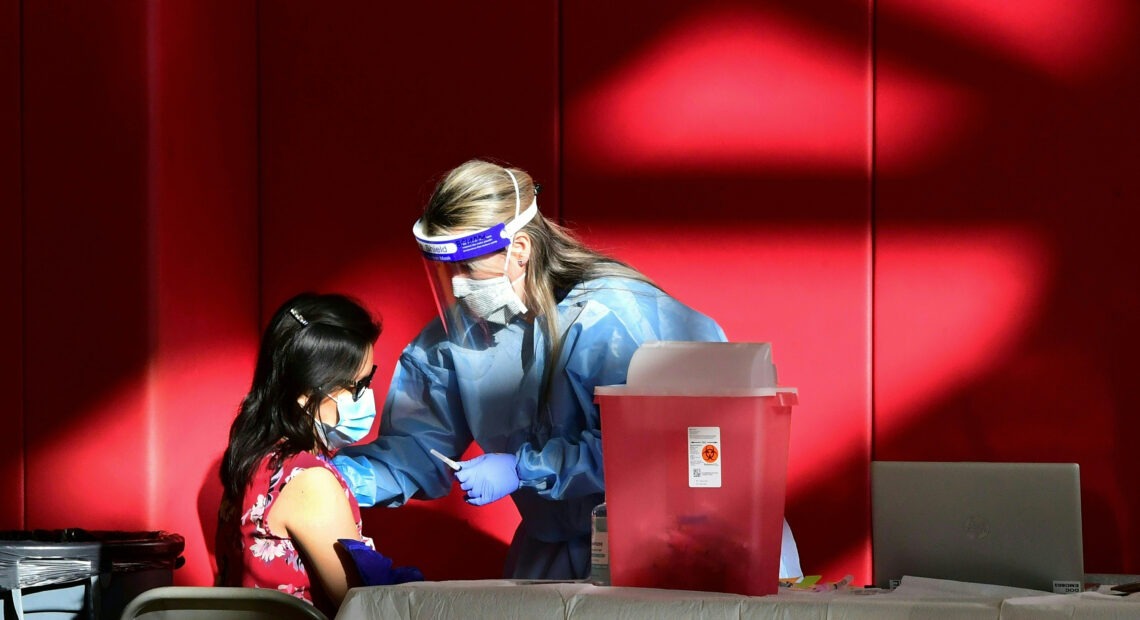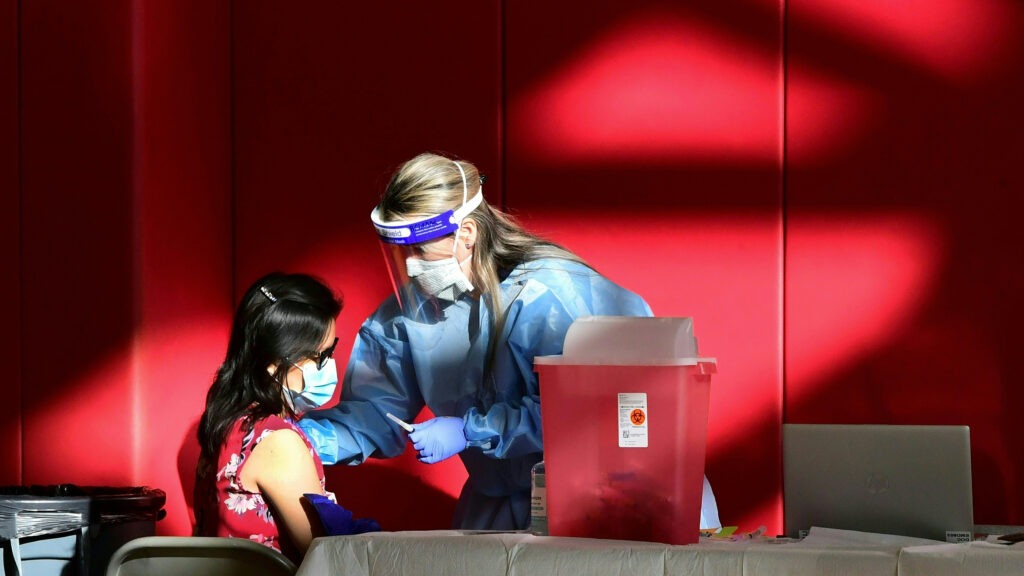
Tips, FYI And What To Know: How To Sign Up For A COVID-19 Vaccine
QUICK LINKS
–Washington State Vaccine Information
–Idaho Vaccine Information
–Oregon Vaccine Information
BY SELENA SIMMONS-DUFFIN
The COVID-19 vaccines are here, but if it’s your turn to get vaccinated, how are you supposed to sign up?
The answers vary by place, so NPR created a tool to help you understand how things work in your state and connect you with local resources. And we’re sharing guiding principles and advice for navigating the process below.
Search for your state here. (There are a few large cities with their own immunization plans that you’ll find on our list as well.)
Please note that the information in this tool is subject to change, as states roll out new processes and new providers get the vaccine. Always check with your state health department for the latest guidance.
CLICK HERE FOR THE STATE-BY-STATE TOOL
Advice for navigating a patchwork system
It helps to understand how the system works as you set out to get the vaccine. Here are some tips to keep in mind as you proceed.
1. First, understand the big picture. As you try to navigate the vaccine system in your state, be aware that there are multiple points of entry for those seeking a vaccine. Although the federal government pays for and distributes the vaccines, it’s up to state and local health departments and the private sector — hospitals, clinics and pharmacies — to actually schedule and give out the shots.
In many states, the different systems don’t talk to one another. So when it’s your turn to get signed up for a shot, you may need to look for available appointments in all three of these separate streams, depending on your state.
2. Keep an eye on pharmacies. In addition to sending vaccines to states, the government is sending vaccines directly to chain pharmacies through the Federal Retail Pharmacy Program, which launched Feb. 11.
This week, White House COVID-19 coordinator Jeffrey Zients announced that the government is increasing the allocation for pharmacies in this program from a nationwide total of 1 million to 2 million doses weekly. Look into which pharmacy chains in your state are giving out vaccines by checking the CDC’s website. In some cases, you may be able to book an appointment online, directly with the pharmacy, if you’re eligible in your state.
3. Remember the vaccine is free. You can get it if you don’t have insurance. If you are insured, your insurance is required to cover the costs of administering the shot. Make sure to have your health insurance info handy in case when looking for an available slot in case that information is needed to register.
4. Be patient and persistent. There are not enough doses available right now for people who are currently eligible and demand is generally high, so you might have to persevere.
It can certainly be frustrating: Hotlines can be jammed. Sign-ups can fill up the minute they open. Providers don’t always schedule second doses, leaving people who succeeded in getting an initial appointment to scramble to set up their second dose within the recommended window.

How do you get a COVID-19 vaccine appointment? The answer varies by state. CREDIT: Frederic J. Brown/AFP via Getty Images
Even insiders are struggling with the chaotic system. Claire Hannan, who runs the Association of Immunization Managers, could barely figure out how to get a shot for her dad in Maryland. “He’s on the pre-registered waiting list for our county since Jan. 15, and we haven’t heard one thing,” she says. “Who could possibly be ahead of him? He’s 95!” (She was ultimately able to get him vaccinated in another county.)
If you’re feeling exasperated, remember that because of the patchwork nature of the system, local health departments don’t have all the answers.
“They don’t universally have access to the systems that tell you where vaccine is within their jurisdiction,” explains Adriane Casalotti, chief of government and public affairs at the National Association of County and City Health Officials.
5. Look for local advice. Some tips that can help you find a slot are specific to a local area or state. You can find local guides from the media or places like AARP and GoodRx. Follow your state and local government on social media for specific tips where you live and maybe news about mass vaccination sites opening up with available slots.
Also search for Facebook groups — like this one in South Florida — and other local volunteer efforts that have sprung up to try to help folks navigate all of this.
Is a better system coming?
From the current state of affairs, it seems obvious that health officials should have realized that once vaccines were out, they were going to need an effective and equitable way to bring people in to get their shots. But immunization managers across the country had their hands full getting ready to mobilize quickly for the coming vaccines, says Hannan.
The vaccine distribution patchwork is not easy to fix because it’s a reflection of the patchwork health care system, a mix of public providers like health departments and private providers like hospitals and clinics that don’t always play nice together.
“I can’t tell you how complicated it is to have a federally financed vaccine being distributed through a state-based system, with a health care system that’s private-sector based,” Hannan says. “These three things are completely separate and operate in their own kingdoms. So, trying to marry all of this and to track it in real time with data connections? It’s incredible that we are where we are.”
A central promise of the Biden administration was to offer more assertive federal leadership over the COVID-19 public health response. Recently, officials have acknowledged the confusion and promised they’re “looking at various options” for something more clear and centralized. Several members of the White House COVID-19 team helped rescue healthcare.gov, the Obamacare insurance marketplace, after its disastrous launch in 2013.
But in all likelihood, the patchwork of public and private sign-up systems will continue. “At this point, it’s probably too late in the game to set up a system to connect everything,” Hannan says. “So it’s really almost better to just communicate to people: ‘Here’s where the vaccine’s going and here’s what you need to do.’ [Right now,] we’re not even doing a great job of that.”
It is worth noting: the patchwork might not be pretty, but people are getting vaccinated — more than 55 million doses have gotten into people’s arms so far. More than a million shots are given on average every day across the country.
And more and more vaccine is coming. “I feel like we’re turning a corner,” Hannan says. With a promising production outlook and “potentially another vaccine coming on, I feel like we’re in a good place — I do.”
Audrey Carlsen designed and developed this lookup tool; Rhitu Chatterjee, Deborah Franklin, Richard Harris, Pien Huang, Kristen Kendrick, Rosemary Misdary, Yuki Noguchi, Julia Wohl, and Carmel Wroth contributed research and reporting.















